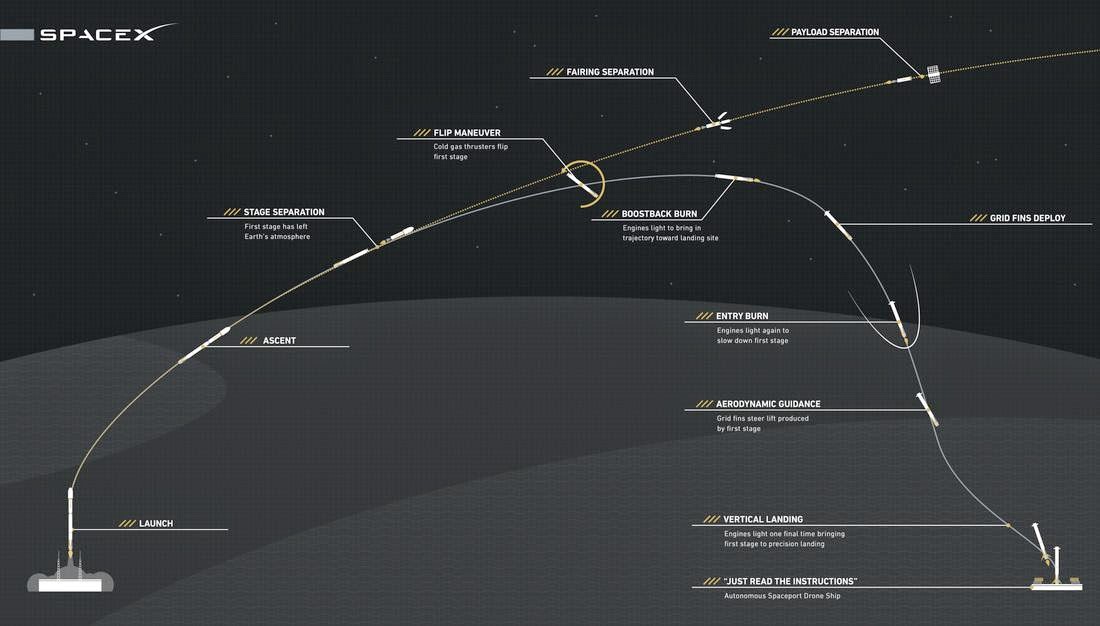As reported by Defense News: SpaceX hopes that the next attempt to land its Falcon 9 reusable launch vehicle will occur on solid ground.
All tests of the reusable vehicle have occurred over water as a safety precaution, but the natural instability that occurs when a landing pad floating in the ocean has a very heavy rocket land on top of it has led to a series of near-misses for the technology.
The most recent test of the technology occurred Tuesday, when the rocket appeared to land on target safely before tipping over. The hope is that the added stability of landing on ground would allow a safe landing.
"Just purely the boat moving, even in a low sea state, it's hard to imagine that vehicle is going to stay vertical," Shotwell said. "That vehicle is big and tall, compared to the itty-bity-greater-than-a-football-field-size ship."
"The risk of damage to the public of ascent is far greater than return," she said. "There's a lot of propellant going up, and there's very little propellant coming back. "
She also noted that there will be a flight termination system in place in case something goes wrong.
 "It's a lot harder to think about blowing up that rocket when you're going up and it has a payload on board," Shotwell said. "But when it's coming back, if things look wonky, blow it up."
"It's a lot harder to think about blowing up that rocket when you're going up and it has a payload on board," Shotwell said. "But when it's coming back, if things look wonky, blow it up."While SpaceX has been focused on building reusability into its design, that element has been missing from its competitor, United Launch Alliance (ULA). That may now change, as ULA's new Vulcan vehicle includes a plan to capture and reuse the main engine in midair.
Following liftoff, the Vulcan's engine will release and then open up an advanced inflatable heat shield for a hypersonic re-entry. That shield slows the engine down enough so that it can be picked off, midair, by a helicopter. Those engines are then re-certified and re-attached.
ULA did not provide an estimate for how long that process would take. The goal is to have the reusable technology fielded by 2024.
But Shotwell argues that SpaceX's approach yields different benefits.
"Their reuse concept is for cost and price. They want to reduce the cost of the launch vehicle," she said of ULA's plan. "Our point in reusability is because we want to take people back and forth, and you don't get the return trip if you don't have a vehicle."
SpaceX's approach also allows the company to find any weak spots in the design that become apparent after a launch into space, which Shotwell hopes will drive future upgrades. It also means the launch vehicle will be built to higher survivability requirements.
"Returning is a much harsher environment than ascent," she said. "So I'm designing for return, so the ascent customer gets much better margins."
And while the military customer would certainly welcome lower costs, Shotwell said the higher survivability will be the real benefit to an Air Force focused on assuring access to space.






















